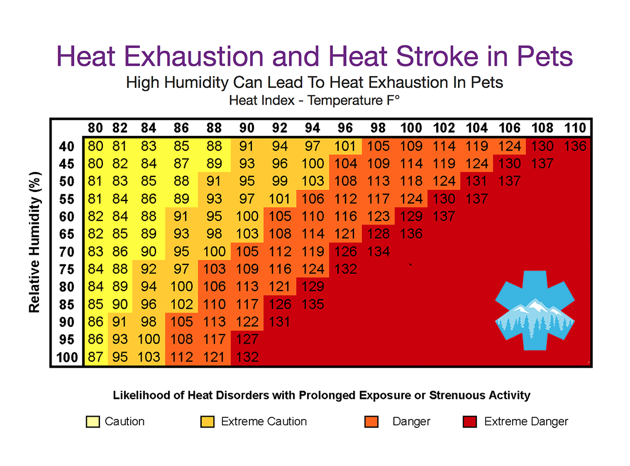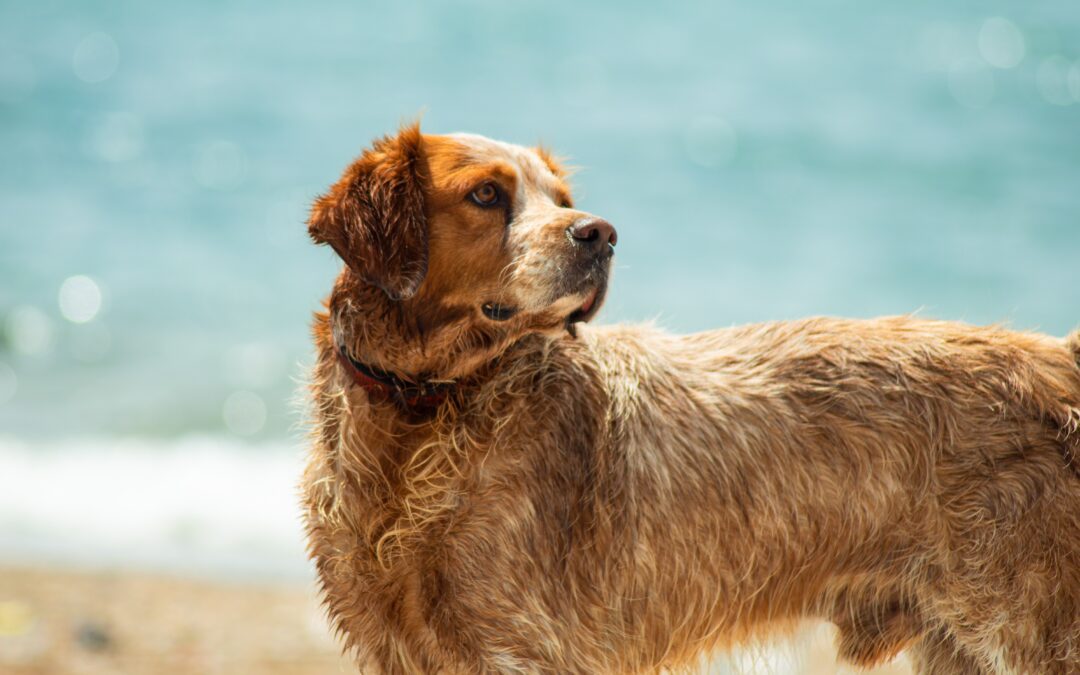With summer in full swing, it’s essential to be mindful of the heat and its potential impact on our beloved furry companions. Heat exhaustion is a serious concern for pets, and recognizing the signs early can help prevent a potentially life-threatening situation. Join us as we delve into the key indicators of heat exhaustion in pets, empowering you to take immediate action and safeguard the well-being of your four-legged friends during the sweltering summer months.
1. Excessive Panting and Drooling:
Pets rely on panting to regulate their body temperature, but excessive panting and drooling can indicate heat exhaustion. If you notice your pet panting heavily and their drool is thicker or more profuse than usual, it’s a sign that they may be struggling to cool down.
2. Lethargy and Weakness:
Heat-exhausted pets often display signs of lethargy, weakness, and lack of energy. They may be reluctant to move or seem unusually tired. If your usually active pet suddenly becomes sluggish or unresponsive, it’s crucial to address the situation promptly.
3. Increased Heart Rate and Rapid Breathing:
Observe your pet’s heart rate and breathing pattern. An elevated heart rate and rapid, shallow breathing can be indicative of heat exhaustion. If you notice irregularities or their breathing becomes labored, it’s time to take action.
4. Pale Gums and Tongue:
Inspect your pet’s gums and tongue. If they appear pale or white instead of their usual healthy pink color, it may be a sign of heat exhaustion. Additionally, dry and sticky gums indicate dehydration, which can exacerbate heat-related issues.
5. Vomiting and Diarrhea:
Heat-exhausted pets may experience gastrointestinal distress, such as vomiting and diarrhea. These symptoms can further contribute to dehydration and electrolyte imbalances. If your pet shows signs of gastrointestinal distress in conjunction with other heat-related symptoms, immediate attention is required.
6. Dizziness and Disorientation:
Pets suffering from heat exhaustion may exhibit signs of dizziness, disorientation, or confusion. They may stumble, have difficulty maintaining balance, or display uncoordinated movements. These neurological symptoms should be taken seriously and require immediate veterinary care.
Recognizing the signs of heat exhaustion in pets is crucial for their well-being and safety during the scorching summer months. If you observe any of these signs—excessive panting and drooling, lethargy and weakness, increased heart rate and rapid breathing, pale gums and tongue, vomiting and diarrhea, or dizziness and disorientation—take immediate action. Move your pet to a cool, shaded area, offer water to drink, and contact Cascade staff promptly. Remember to prevent heat-related issues by providing access to shade, fresh water, and avoiding hot environments. By staying vigilant and taking proactive measures, we can protect our furry friends from the risks of heat exhaustion and ensure they have a safe and enjoyable summer.


